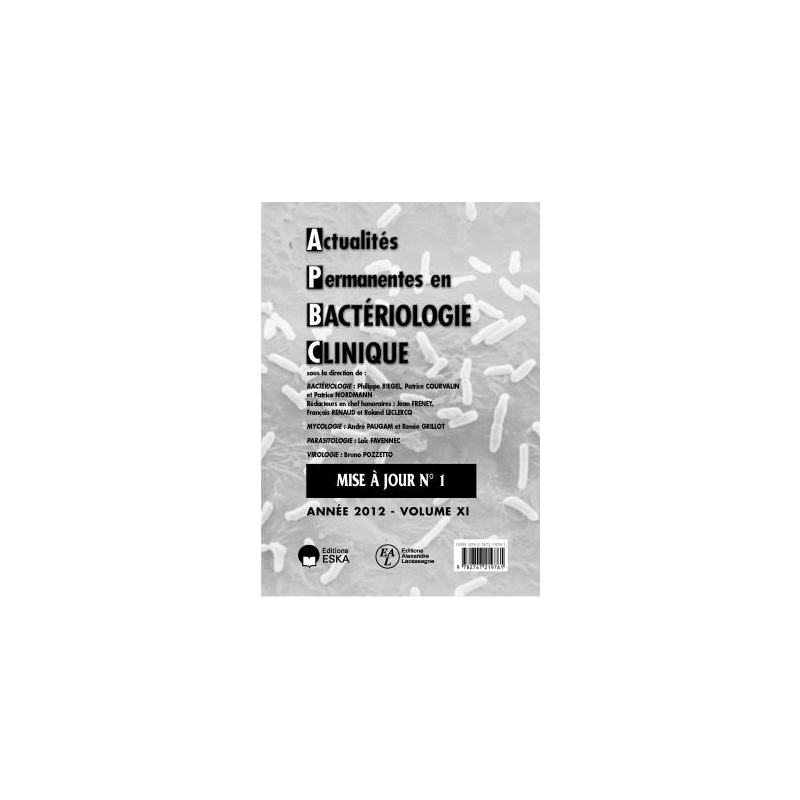



 Security policy
Security policy
(edit with the Customer Reassurance module)
 Delivery policy
Delivery policy
(edit with the Customer Reassurance module)
Résumé
Les infections gonococciques sont décrites depuis lAntiquité mais leur véritable ancienneté reste incertaine, ces maladies étant très fréquemment confondues avec la syphilis. Il faut attendre 1792 pour que le chirurgien écossais Benjamin Bell parvienne à différencier les deux maladies. Cette différenciation fut confirmée, en 1838, par le chirurgien français Philippe Ricord. Cest en 1879 quAlbert Neisser, jeune médecin allemand, réalisa la première observation microscopique du gonocoque, lagent étiologique des gonorrhées (Hansen et Freney, 1997). En hommage à ce médecin, la famille de micro-organismes à laquelle appartient le gonocoque fut par la suite nommée Neisseria et la bactérie, Neisseria gonorrhoeae (Anonyme, 1955).